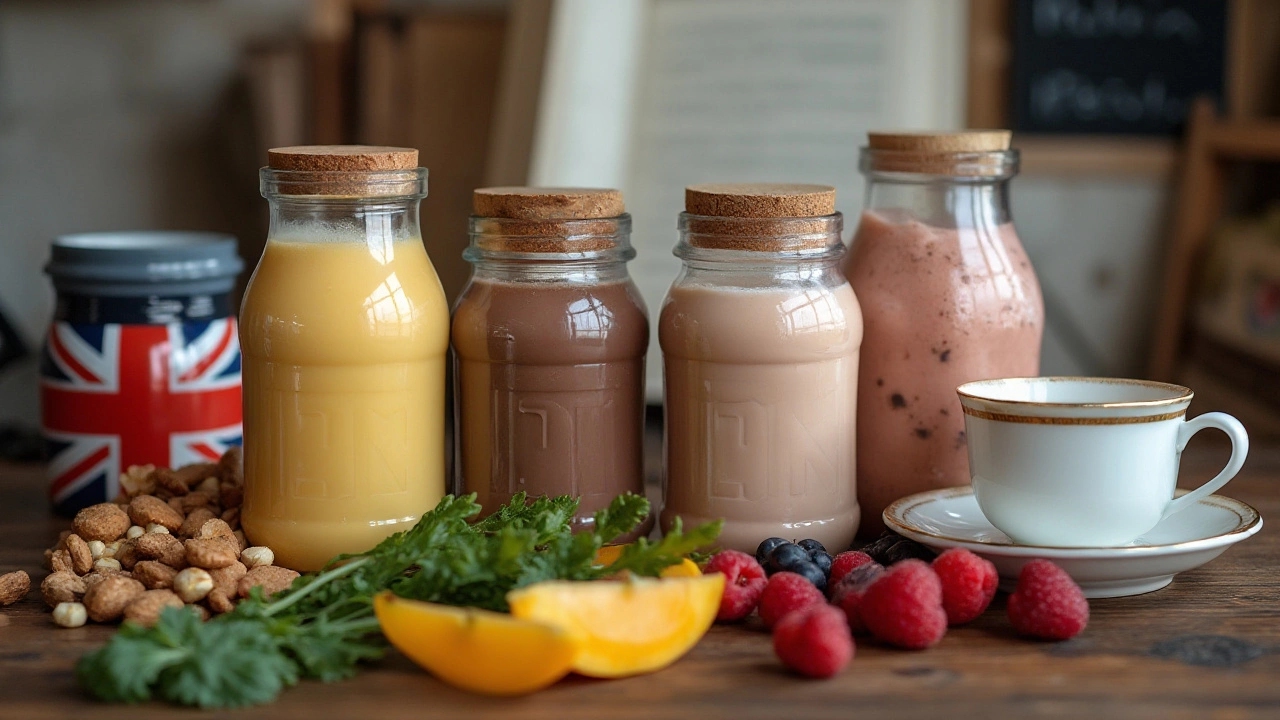Protein – What You Need to Know
Protein is the building block of muscles, skin, hair, and enzymes. Getting the right amount helps you stay strong, recover faster, and keep energy steady throughout the day. Below you’ll find easy ways to choose good protein and steer clear of the bad stuff.
Most people think any meat or dairy will do, but quality matters. Whole foods like beans, fish, eggs, and lean meat give you the full set of essential amino acids without excess junk. When you know which foods pack the most benefit, you can plan meals that fit your goals, whether you’re training for yoga, running, or just staying healthy.
Top Protein Sources
Start with a mix of plant‑based and animal options. A palm‑sized serving of chicken breast, a cup of lentils, or a scoop of Greek yogurt each provide around 20‑25 grams of protein. Fish such as salmon also adds omega‑3 fats, which support heart health and reduce inflammation.
For vegetarians, tofu, tempeh, and quinoa are excellent. They’re versatile, easy to cook, and combine well with veggies or whole grains. Adding a handful of nuts or seeds boosts protein and healthy fats, especially if you need a quick snack between yoga classes.
Don’t forget dairy alternatives fortified with protein, like soy milk or pea‑protein shakes. They’re handy after a workout and often contain added calcium and vitamin D, which keep bones strong for any pose or run.
Proteins to Skip
Processed meats sit at the top of the “avoid” list. Items like sausages, bacon, and deli slices often contain added salt, preservatives, and unhealthy fats. Regular consumption has been linked to higher risks of heart disease and certain cancers.
Instead of reaching for a packet of hot dogs, choose a fresh piece of turkey or chicken. If you need something convenient, grill a batch of chicken breasts on the weekend and store them for quick meals.
Pay attention to labels. Words like “smoked,” “cured,” or “flavored” usually mean extra sodium and additives. Opt for plain, minimally processed options wherever possible.
Balancing protein with carbs and fats is key. Pair a protein source with whole grains, colorful vegetables, and a healthy fat like avocado or olive oil. This combo keeps blood sugar stable and fuels both body and mind for yoga sessions, cardio, or daily tasks.
Timing can help too. Having protein within 30‑60 minutes after a workout supports muscle repair. A simple smoothie with protein powder, banana, and almond milk works great and takes only minutes to prepare.
If you’re curious about how much protein you need, a common starting point is 0.8 grams per kilogram of body weight. Active folks often aim for 1.2‑1.6 grams per kilogram to aid recovery and growth.
Finally, listen to your body. Some people feel better with a higher protein intake, while others prefer a lighter approach. Adjust portions based on how you feel during workouts, yoga flows, and everyday life.
Explore the articles linked on this page for deeper dives: learn why processed meats are risky, get quick breakfast tricks for fat loss, and find beginner yoga guides that pair well with a protein‑rich diet.
With these simple tips, you can boost your protein game, avoid hidden pitfalls, and keep your body ready for any challenge. Start swapping one processed item for a fresh protein today, and notice the difference in energy and recovery.

How Much Protein Do I Need to Lose Weight? (With Protein Shakes Explained)
Maeve Larkspur May 20 0Wondering how much protein you actually need for weight loss? This article breaks down the real numbers, cuts through common protein shake myths, and helps you figure out exactly how much protein your body needs to shed pounds effectively. Get easy, clear tips for using protein shakes to boost your results without confusion. Learn how protein supports fat loss, keeps you full, and protects your muscle—even if you aren’t a gym fanatic. We’ll explain real-life protein shake routines and what’s best for your health.
More Detail
Discover The Best Proteins for Effective Belly Fat Reduction
Maeve Larkspur Jan 22 0Exploring the world of protein shakes, this article aims to uncover which proteins are most effective in burning belly fat. The focus is on understanding the science behind protein consumption and fat loss, and practical tips on incorporating these proteins into daily routines. It also highlights some fascinating studies and real-world examples to demystify the process of targeting stubborn belly fat.
More Detail